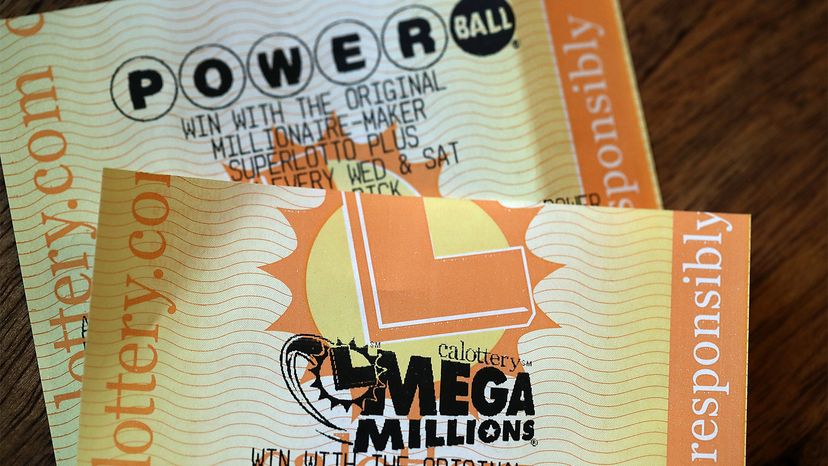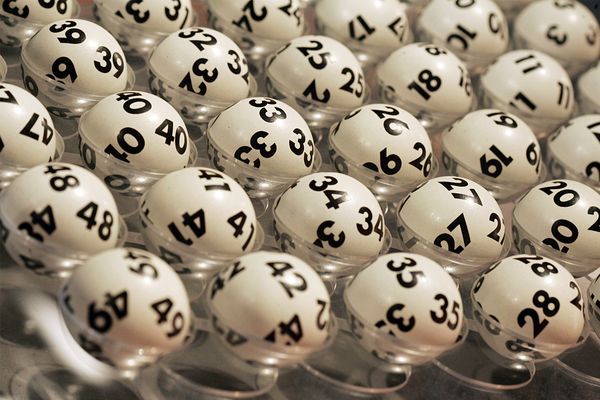
The Mega Millions drawing at 11 p.m. Eastern Time on October 23rd, 2018 was, according to the lottery's website, for an estimated $1.6 billion. It could have been biggest potential payout in the history of lotteries, eclipsing the previous record $1.586 billion Powerball prize paid out to winners in California, Florida and Tennessee back in January 2016.
As you might imagine, Mega Millions tickets sell like crazy where people can get them — in 44 states and the District of Columbia, plus the U.S. Virgin Islands — when jackpots get that huge.
Advertisement
So why are lottery jackpots growing so mind-bogglingly enormous now?
It all started when officials began tinkering with the rules in an effort to decrease the chance of winning a jackpot, so that the prizes had more potential to grow and grow. The idea is that once the jackpots get into the nine or 10 figures, first-time players and even people who might normally scoff at the notion will be tempted to buy tickets.
Powerball was the first to change its rules in October 2015, increasing the ball pool for the main numbers and reducing it for the Powerball, which changed the odds of winning the top prize from roughly one-in-175 million to one-in-292 million.
Then, in October 2017, Mega Millions made its own changes to make it more difficult to win. Under the old system, players picked five numbers from one to 75, and a Mega number from one to 15. The new rules required them to pick five numbers from one to 70 and a Mega number from one to 25. That boosted the odds from about one-in-259 million to one-in-303 million.
A single person in South Carolina picked the magic Mega Millions numbers on October 23, 2018, to win the $1.537 billion jackpot. This jackpot fell just short of the 2016 all-time U.S. lottery record of $1.586 billion.
Advertisement

